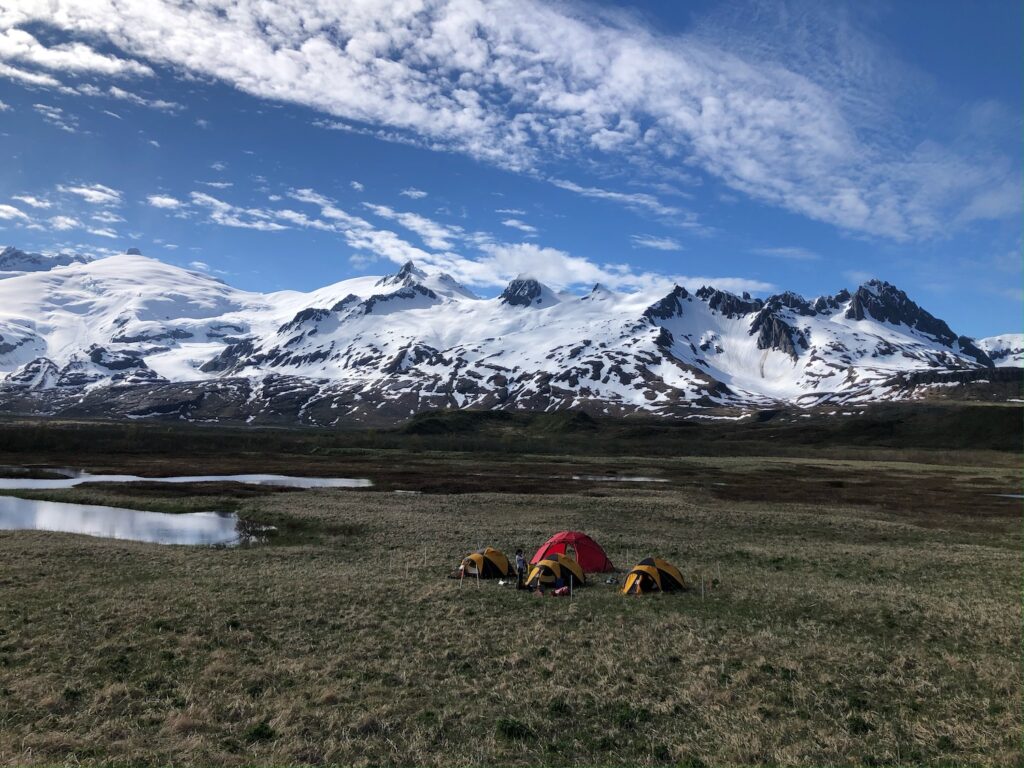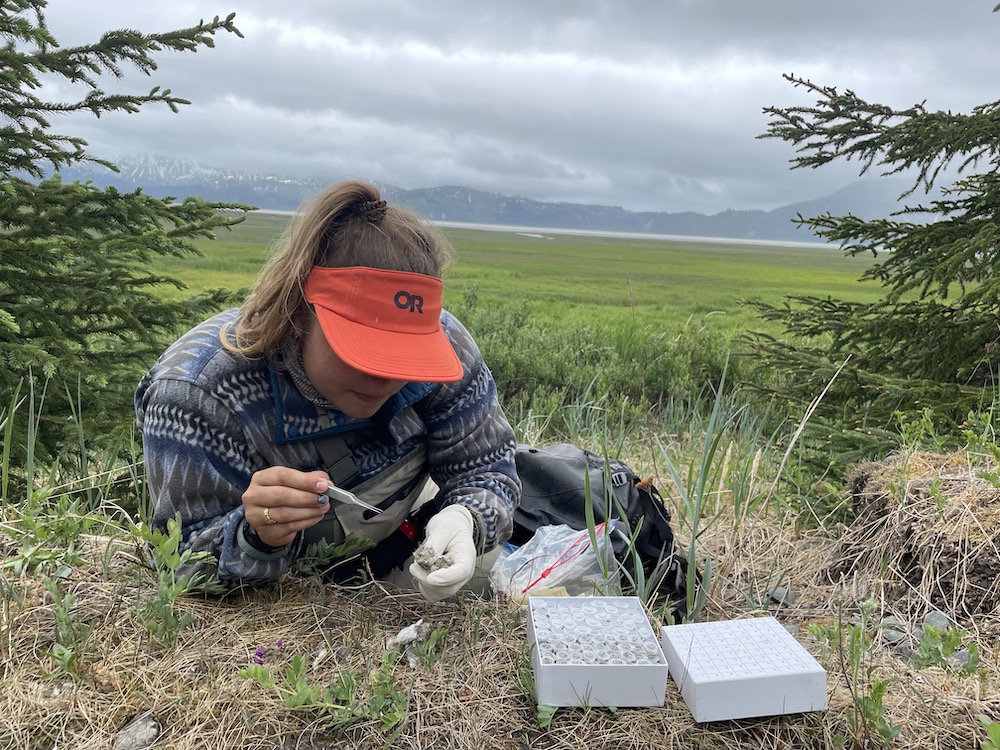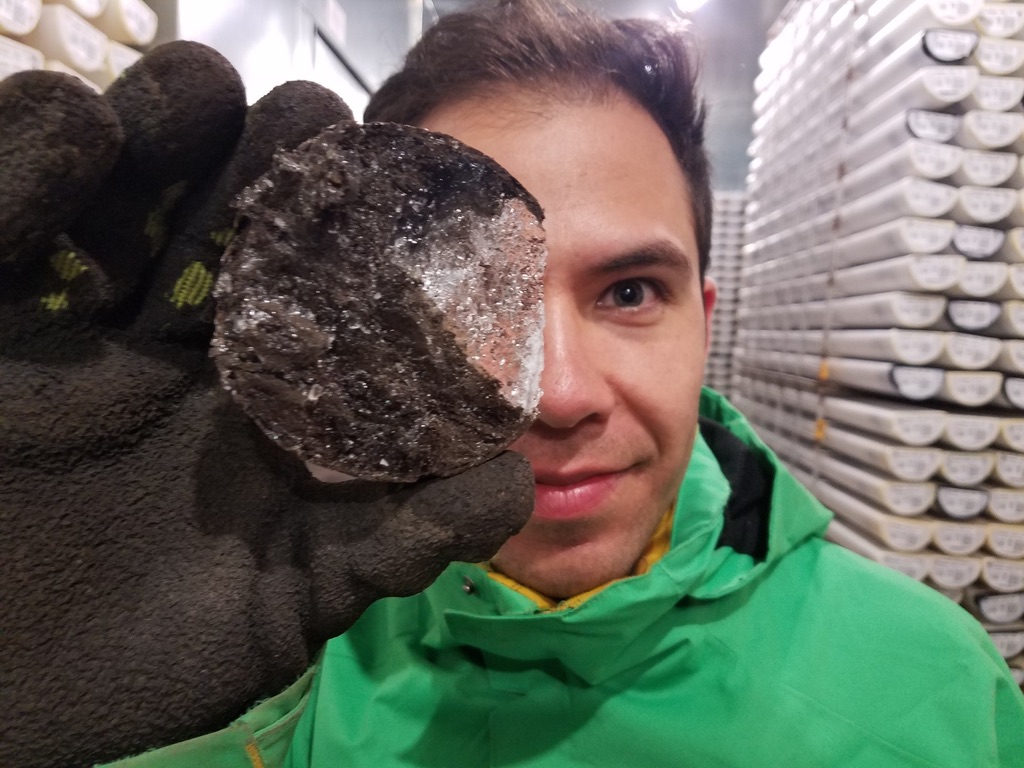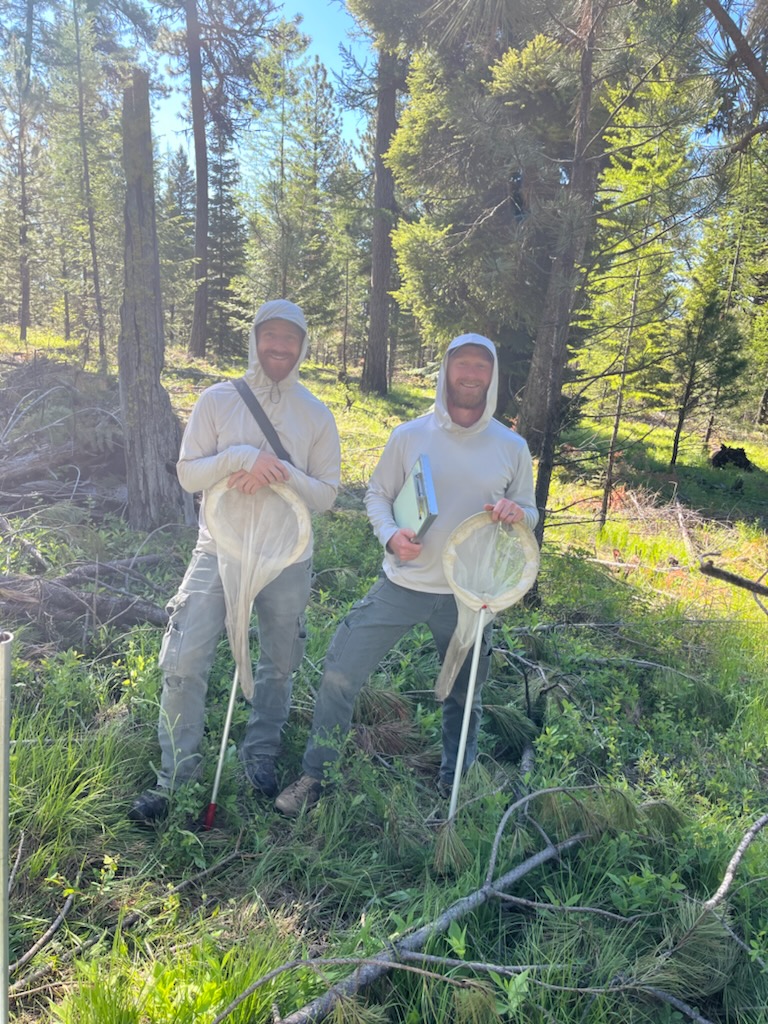In 2023, the Temporary Assistance for Needy Families program (TANF) distributed aid to nearly 20,000 families, and approximately 40,000 individual recipients in the state of Oregon (FY2023 TANF Caseload). The families and individuals who receive TANF often face unseen difficulties and obstacles, especially related to higher education. This week on ID, we speak with Terese Jones, a recent PhD graduate in Human Development and Family Sciences. Terese’s dissertation work centered around TANF recipients, the challenges they face with higher education, developing a pilot program to address these challenges, and assessing the outcomes.
Terese’s research identifies many common obstacles that TANF students face, a few of which are a lack of information about resources, stigma surrounding the use of these resources, and practices and procedures that discourage students from using these resources. In the program she developed, she sought to eliminate some of these barriers. For example, she removed a requirement that certain students receiving assistance needed to provide a state issued form that tracked their class attendance, which had to be signed by their professors. This change was the most positively received component of the program among the participants because it eliminated a significantly embarrassing and uncomfortable experience for the students.
Terese found that eliminating some of the barriers the students identified allowed them to expand what is called “possible selves” which refers to the futures that students can imagine and identify as possible for themselves. Students who initially sought to become phlebotomists changed their career trajectory towards nursing when they realized they would have the support to do so. Additionally, the participants also expanded their “public selves” which refers to how they see themselves within their community/public life. Many of these students saw themselves going back to their communities as health professionals, addiction and counseling professionals, and social service and welfare professionals.
Terese says that she found herself relating to these students because she also has a background of poverty that drove her through her higher education journey. She is now continuing her work in a position at LBCC, where she is developing more programs centered around deep poverty in Linn-Benton county with the hopes of making a difference in the lives of people in our community. To learn more about Terese and her work, check out this week’s episode of ID. Also take a look at some of the resources Terese provided below!
Emergency Financial Assistance — Vina Moses Center
Family Support Program – Corvallis Public Schools Foundation (cpsfoundation.org)
























